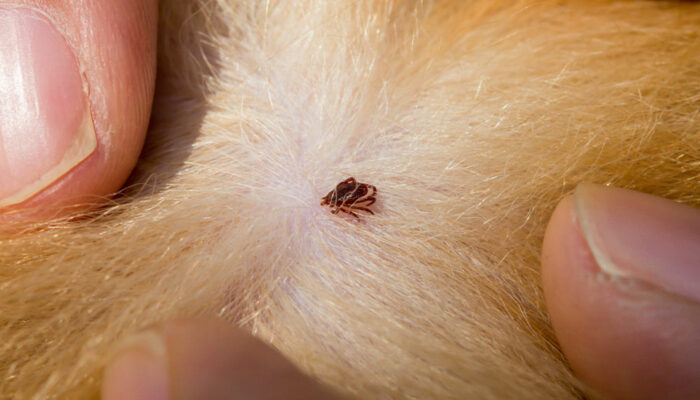
Breast Cancer – Stages and Warning Signs
The abnormal growth of cells in the breasts results in breast cancer. In common parlance, breast cancer stages are described as local, regional, and distant. In the local stage, the cancer is confined within the breast; the regional stage signifies the lymph nodes getting involved; and the distant stage is when cancer has spread to other parts of the body. Here are some important points to help one understand the stages and symptoms of breast cancer.
Common Symptoms
Patients may notice swelling of breasts, skin irritation or dimpling, and breast pain. They may experience nipple pain or the nipple turning inward, redness, scales, or thickening of the nipple or breast skin and a discharge other than breast milk. They may also feel a lump under the arm.
Stage 0
Stage 0 is a non-invasive stage, also known as ductal carcinoma in situ. One of the symptoms for this stage is that the cancer cells or abnormal non-cancerous cells remain in that part of the breast where they broke out and have not spread to other parts of the breast. They do not invade the neighboring normal tissue.
Stage 1
When it comes to the stages and symptoms of breast cancer, stage 1 is when the invasive breast cancer cells break through or invade the normal surrounding breast tissues. This stage is further subdivided into stage 1A and 1B. In stage 1A, the tumor can measure up to 2 cm, but it has not spread to lymph nodes. In stage 1B, the invasive cancer cells are found in nearby lymph nodes. And there is either no tumor in the breast or the tumor is smaller than 2 cm.
Stage 2
Stage 2A is when the tumor is not larger than 2 cm and present in 1-3 nearby lymph nodes. Or it’s between 2 and 5 cm and has not spread to lymph nodes. Stage 2B is when the tumor is between 2 and 5 cm and has spread to 1-3 axillary (armpit) lymph nodes, or it’s larger than 5 cm and has not spread to any lymph nodes.
Stage 3
In stage 3A, the cancer spreads to 4-8 axillary lymph nodes, or has enlarged mammary lymph nodes. The primary tumor can be of any size or the it’s greater than 5 cm and the cancer has spread to 1-3 axillary lymph nodes or breastbone nodes. In stage 3B, the tumor has invaded the chest wall or skin and may or may not have invaded up to 9 lymph nodes. In stage 3C, cancer is found in 10 or more axillary lymph nodes near the collarbone, or internal mammary nodes.
Stage 4
In this stage, the tumor can be of any size and its cancer cells have spread to distant lymph nodes as well as distant organs.
Based on the stages and symptoms of breast cancer, the doctor determines prognosis and zeroes in on the best treatment.



